At Peli Products, we know that our products are fairly technical and that choosing one of our many products in each product category can be a daunting task. You may have asked yourself, “There are so many sizes, types, and features, how do I choose just one?” Well, we hear you and we want to make the task a bit easier on you. That’s why we have been creating a series of articles on our various product lines to help you understand them better and how to choose one when the time comes.
One of our most popular products is our headlamps. We first published a piece on headlamps describing what they are and why you need one. In our newest piece, we’ve put together a guide to choosing a headlamp, covering all of the various aspects that you should consider to make your choice. You can use this guide to purchase any old headlamp; however, we do hope that it is a Peli headlamp. Having said that, let’s get into it.
What will you use it for?
The first consideration you’ll want to make is a more broad one and that is, for what will you be using your headlamp? Will it be for work? And if so, in what sector do you work? This is a strong consideration to make because if you work in an industry such as oil and gas or certain types of industrial maintenance work, you may need to consider headlamps that are explosion proof. If that’s the case, we encourage you to have a look at our full range of ATEX lights including headlamps.
If it isn’t for work, will it be for leisure? If so, what is it that you plan to do? Hiking? Climbing? Caving? All of these things may require headlamps that have certain features such as longer run-time, a stronger light, or an over the head strap. Once you’ve considered what you will using the headlamp for, you can get into the nitty-gritty.
We can start by looking at the ANSI standards for headlamps first. Later we'll analyze other important features and characteristics typical of headlamps to look out for.
Performance indicators – ANSI Standards
The American National Standards Institute (ANSI) developed performance standards and symbols to effectively communicate a headlamp's features and benefits. These are the first things to mull over as you evaluate your choices in headlamps.
LIGHT OUTPUT
One of the most important features of a headlamp is the light output, which is a measurement of the brightness of the light. To measure this light output or brightness, we express it in a measurement known as Lumens. It is a measure of the total amount of visible light to the human eye from a lamp or light source in all directions. This means that generally speaking the higher the lumen count, the brighter the flashlight.
Typically, anything above 50 lumens will usually do the job, but depending on what activity you are going to use your headlamp for, something upwards of 100 or even 200 lumens may be good for you. For example, if you are going to be using it in the deepest, darkest depths of the world while cave diving, a headlamp with a higher lumen count may be necessary. Conversely, many headlamps designed for professionals that work in explosive atmospheres will have a lower lumen count given that if they are too high, they run the risk of igniting in such atmospheres. For explosion-proof headlamps, a lumen level of around 30 is more typical to comply with ATEX standards.
Having said that, you’ll also want to consider how bright you really need your light to be. One thing to consider is light run-time. The brighter you have the light, the less time it will run before the battery power is exhausted. Many headlamps will have various brightness settings which will allow you to toggle between low, medium and high modes. Each mode will have a different lumen level, and thus you will be able to conserve battery running it on a lower power mode.
PEAK BEAM INTENSITY
Peak beam intensity is another measure of the power of a light. It is often overlooked, but it still may warrant your consideration. This is the maximum luminous intensity typically along the central axis of a cone of light. Essentially, what this means and measures is the light intensity at the brightest point along the beam. Contrary to light output, peak beam intensity is measured in Candela and does not change with distance.
LUMENS VERSUS CANDELA
Just for a little bit of clarification, let’s briefly discuss the difference between Lumens and Candela. They are simply two different ways to measure the power of the light a device emits. Lumens will measure the total amount of light emitted in all directions while candela measures the amount of light emitted in a particular direction. The lumens measurement will likely be all that you need; however, as it is part of the ANSI standards, we thought the Peak Beam Intensity measured in candela may also be something worth mentioning to consider.
BEAM DISTANCE
Now that we’ve discussed the two measurements of light power, we should discuss the beam distance. As you might imagine, the beam distance is the measure of the distance the light will travel. It is measured by calculating how far the light beam will shine before it diminishes to the equivalent light of the moon. Logically, this distance of the beam will vary depending on the aforementioned brightness setting you have the headlamp set to, as well as the beam type setting you have the headlamp set to, such as flood or spot mode. We’ll discuss these mode types later in this post.
The beam distance may be something to consider if you simply need the headlamp for close-up work, such as machinery maintenance work or if you are an outdoorsman or marksman that needs to be able to see far off in the distance as you traverse rugged terrain in a dark forest or at night.
RUN-TIME
As we mentioned previously, the run-time is another aspect to consider. Although this seems fairly straight forward, the calculation of run-time is less so. It is calculated by taking the length of time it takes for the light output to drop to 10% of the rated output on new batteries, rounded to the nearest quarter hour. Having said that, all you really have to take into account is that the run-time of a headlamp is measured in hours, thus, you’ll want to consider for how long you’ll typically be needing to use your headlamp in one sitting. Depending on the purpose for your headlamp, this may be a crucial aspect.
Also, remember that usually the run-time will be measured by brightness setting. Again, as mentioned previously, the brighter the setting you have headlamp set to, the less run-time the light will have before its battery is exhausted.
IMPACT-RESISTANCE
Impact Resistance is measured in metres and is tested by dropping the light onto a concrete surface with all accessories and batteries installed, from a specified height. In order to be considered impact resistant at various heights, it must be 100% functional after the drops and be free of any cracks or breaks at each height tested.
Depending on the impact-resistance rating of the headlamp you may be considering, it could mean the difference between a short-term investment and a lifelong one. So, keep this in mind while doing your research. Do you want to spend a lot for a high-quality headlamp that will last a lifetime? Or are you willing to sacrifice durability and reliability for a cheaper product? The choice is yours.
WATER-RESISTANCE
Headlamps are often associated with outdoor use and as a result the elements such as water, sleet and snow may come into contact with your headlamp. A headlamp will therefore more often than not be resistant to water to some degree. There are various levels of water-resistance as rated by the Ingress Protection (IP) ratings system and this will be something into account.
Just for a little refresher on the IP ratings system, it measures the level of water-resistance. A headlamp with IPX4 protection will be good enough to keep it from breaking if it is splashed with water, while a rating of IPX7 or 8 will be good enough to keep the headlamp working if it is fully-submerged in water.
Again, this is where you will want to consider what you’ll be needing the headlamp to accomplish. If you are planning to use your headlamp for outdoor recreation and adventure, such as hiking, hunting, climbing or even caving, some or a lot of water may come into contact with your headlamp. However, if you are a maintenance professional or a mechanic, perhaps water resistance is of less importance given that you’ll presumably have a roof over your head.
Learn more about the ANSI standards and symbols here.
Additional features to consider
In addition to the ANSI standards, there are various other features that may warrant your attention when choosing the right headlamp for you.
LAMP TYPE
The lamp type as you might expect is the type of bulb that is in the headlamp. Although there are many different types of lamps, the advancements made in LED technology over the last few years has rendered other lamp types almost obsolete. A good headlamp, therefore, will almost always be equipped with an LED bulb (or bulbs) due to its energy efficiency, run-time capacity, impact resistance and brightness level.
BEAM TYPE
Generally speaking, you have three possible beam types with headlamps. Many will come with all three different beam types as options.
A flood beam will disperse the beam making the width of light greater. This will make the light less powerful; however, it will light up a greater area.
A spot beam will focus light on a much smaller area. This will result in a much more powerful, brighter light focused on said smaller area.
Adjustable beams are those that can be adjusted from one or the other. Some headlamps will come with an option of this kind.
DOWNCAST AND RED LIGHT
In addition to the main LED bulb, which illuminates everything in front, Downcast LED illuminates everything below in a wide diffused pattern providing safe pathways, illuminated reading spaces and allowing for non-blinding face-to-face conversations. Some headlamps come with this option and if you are planning on using this headlamp in the dark outdoors, this may be ideal to illuminate both what is directly below you but also the path up ahead at the same time.
Red light is also an option that some headlamps come equipped with. In low light, our pupils will dilate to allow more light in. While using a headlamp in the dark, a regular light will constrict the pupils to let less light in. If you are using the headlamp in the dark, sometimes this can be a problem when you turn the headlamp off, as your eyes will then have to readjust to the dark. However, with red light, this is less of an issue as it affects the pupils less and keeps the eyes adjusted to the dark even with the headlamp on.
BATTERY TYPES
Some headlamps will be used with disposable batteries. The most common type of batteries will be AA or AAA batteries.
Rechargeable lithium-ion batteries are also very common. Usually they will be able to be charged by USB. As batteries seem to be one of those things you never have when you need them, the rechargeable battery option may be more attractive and save you a few impromptu trips to store to buy batteries urgently.
MODES AND SETTINGS
In addition to the aforementioned spot, flood, red and downcast lighting, there are also more standard brightness modes that a headlamp will often be equipped with, which we’ve already mentioned briefly a few times.
Usually there will be three brightness settings: low, medium and high. All these settings are usually able to be easily cycled through by tapping the on/off button continuously.
There is also a flashing mode that is often a feature of a headlamp that allows the user to have the light rapidly turn on and off. This is more useful as an emergency blinker to let people know you’ve got an issue.
PIVOTING HEAD AND TOP STRAPS
The ability to pivot the head or tilt the head of the headlamp is a handy feature. It allows you to position the head where you want the light to go. So, for example, when reading, a tilting head is particularly helpful.
Some more heavy-duty headlamps will have a battery pack at the back of the headlamp. This will make it heavier and bulkier. To lighten the load on the forehead, a top strap from the back of the strap to the front that is designed to go over the head are also common on some headlamps.
MATERIALS AND WEIGHT
The last few things you’ll want to consider are the materials that the light is made out of and the weight. The materials used to construct the light will largely determine its durability, but it will also determine how heavy it is, which depending on what you need the light for, may be a determining factor for you.
There is a lot of consider, but Peli has you covered
Having said all that, as you can see from the above, a headlamp, although it may seem a fairly straight forward tool, is anything but that. In that case, it is very important that if you are considering the purchase of a headlamp you consider your options.
Now that we’ve gone over what you should be looking at in a headlamp, we’d be remiss if we did not mention that Peli produces a wide array of different headlamps with various features and functionalities. If you’d like to see the full catalogue of Peli lights including our headlamps, clickon the button below.

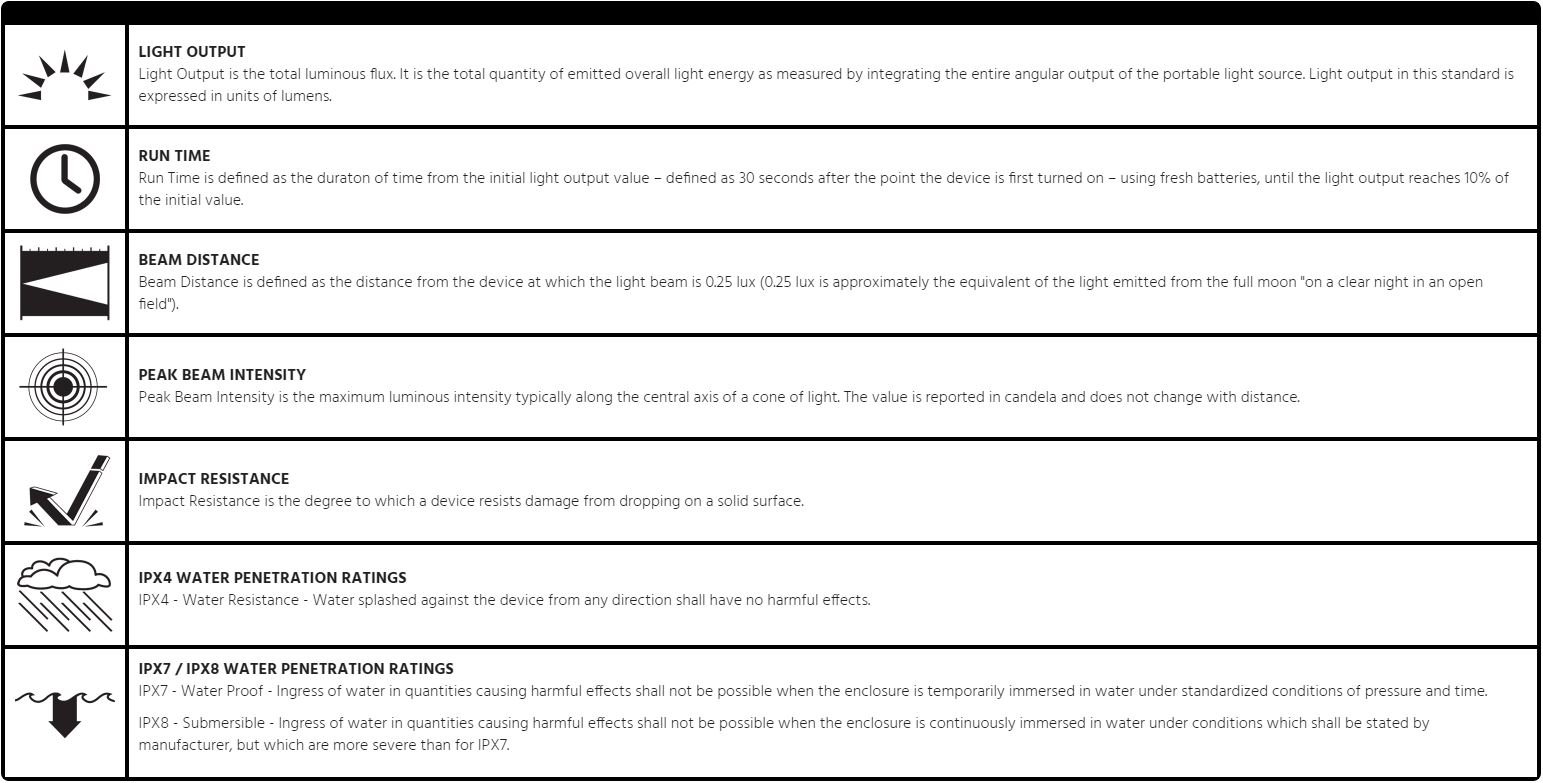




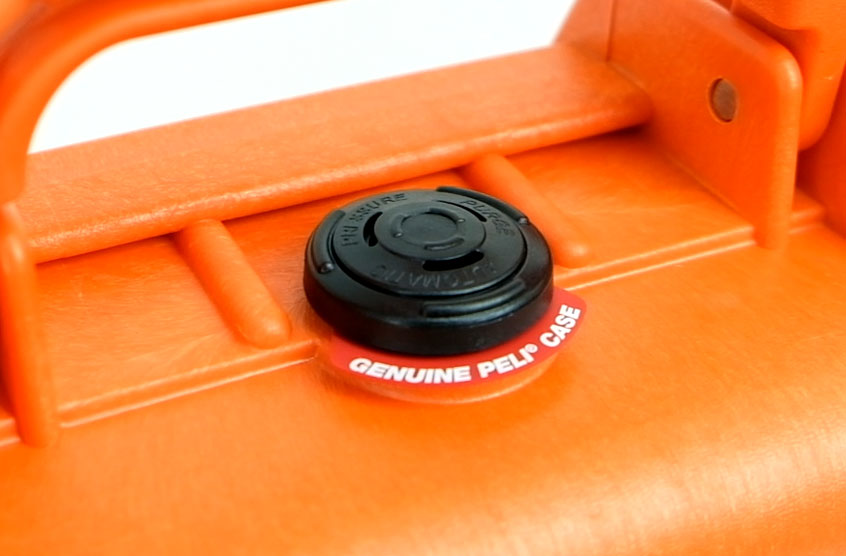
.png)






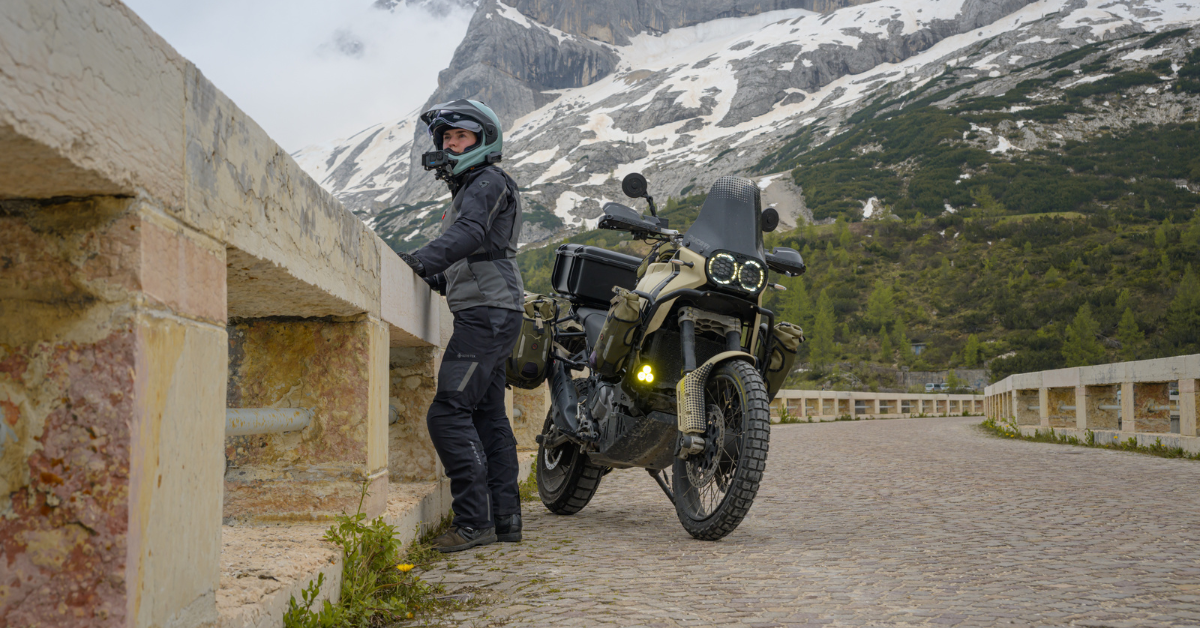

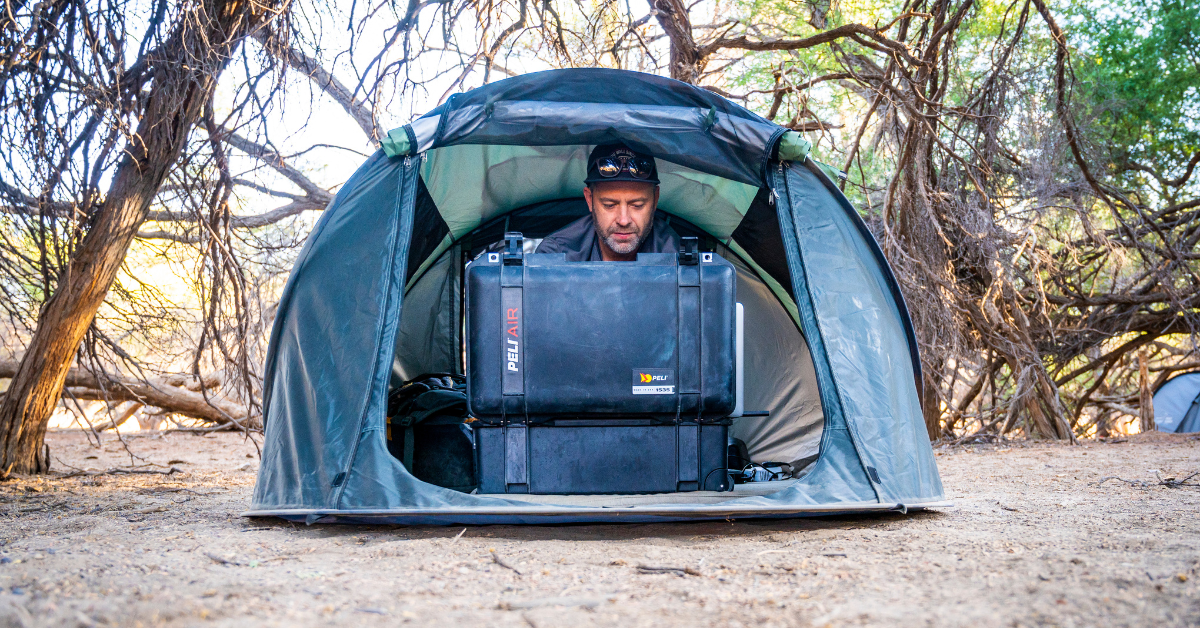


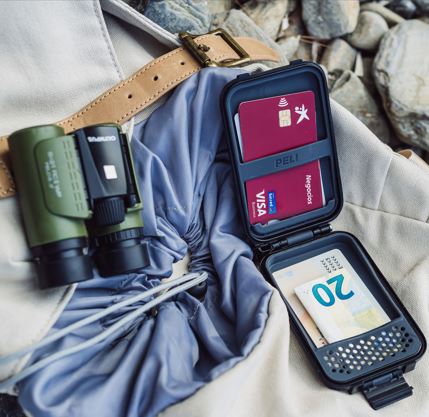
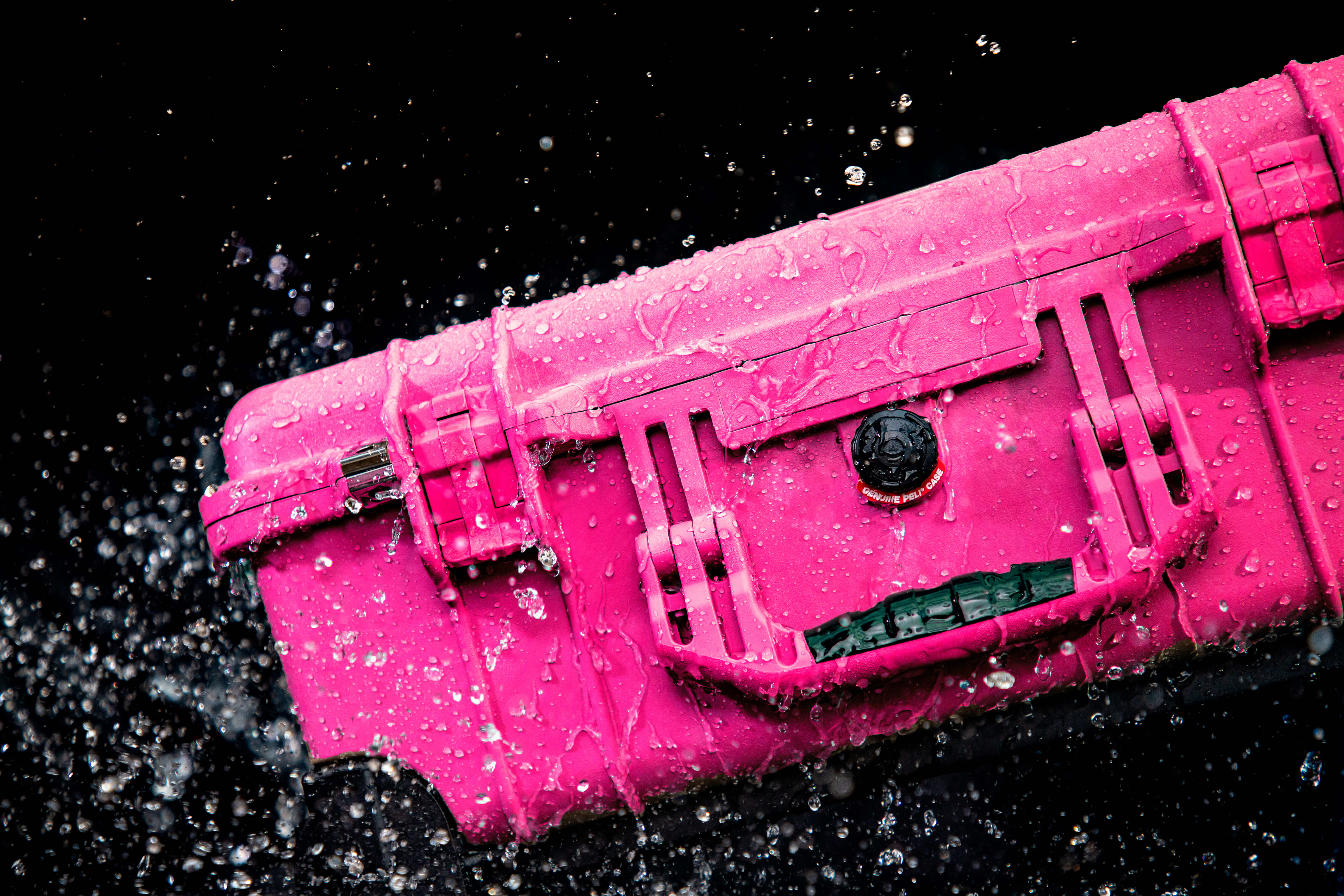
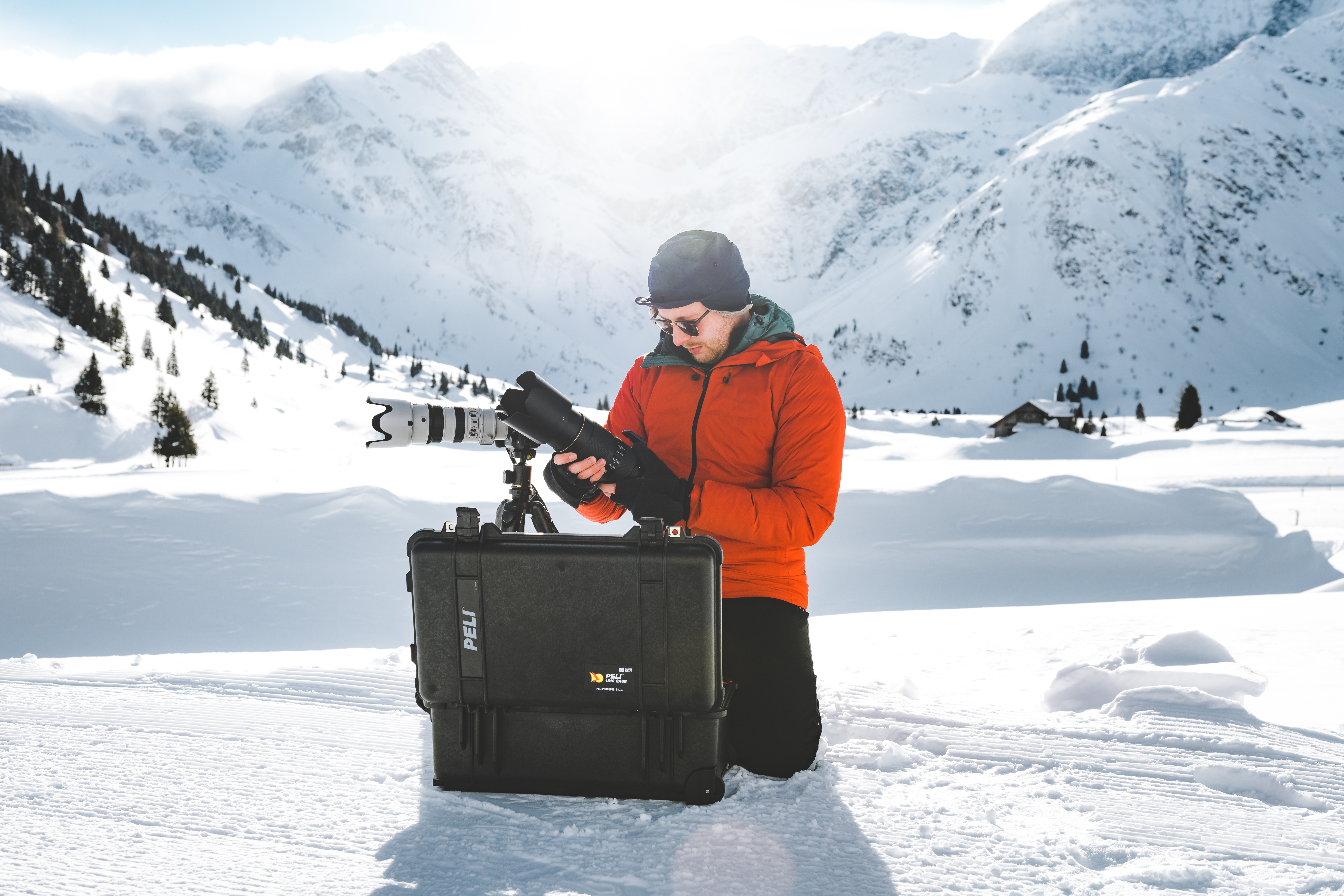
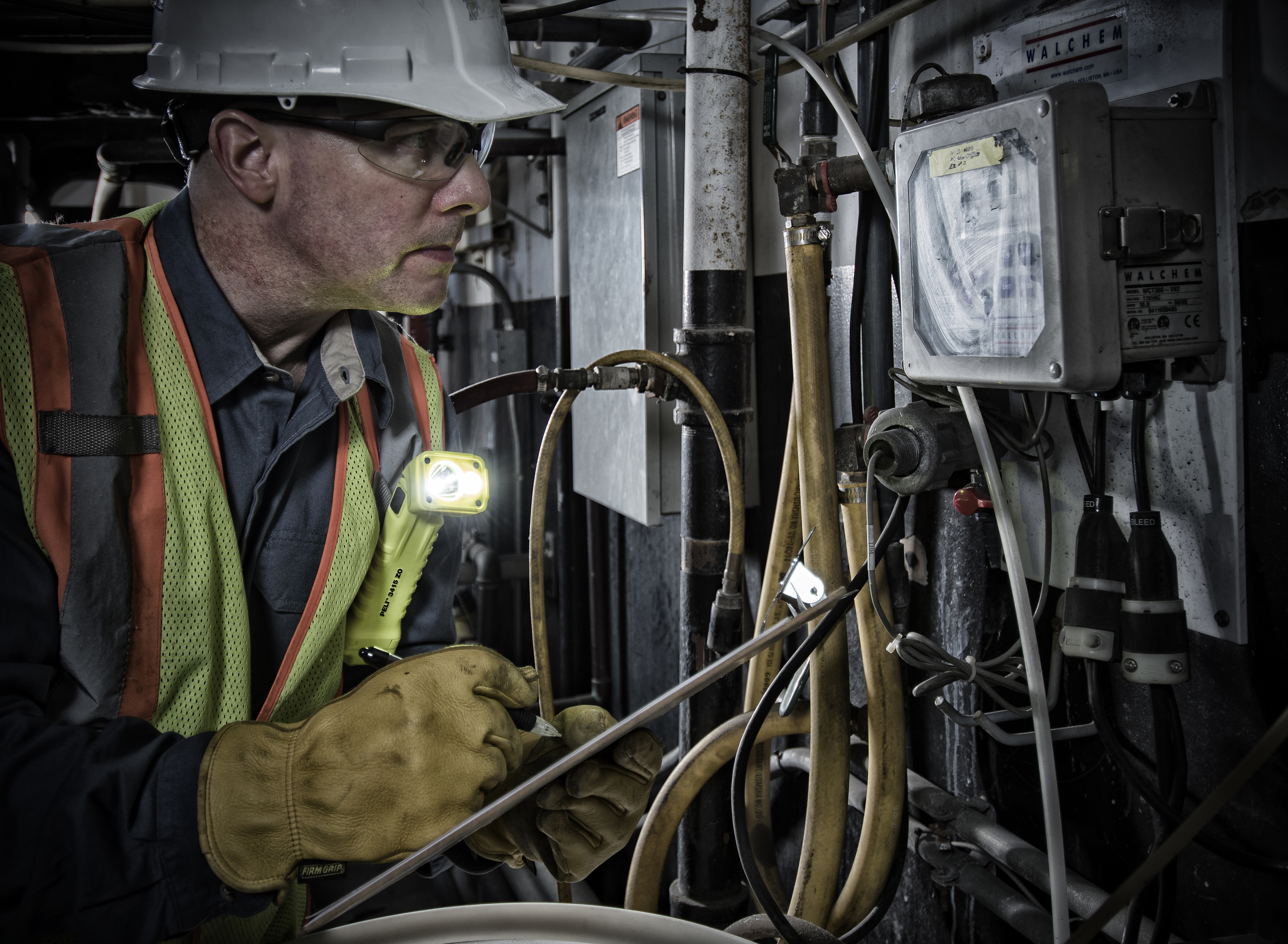
Post a comment